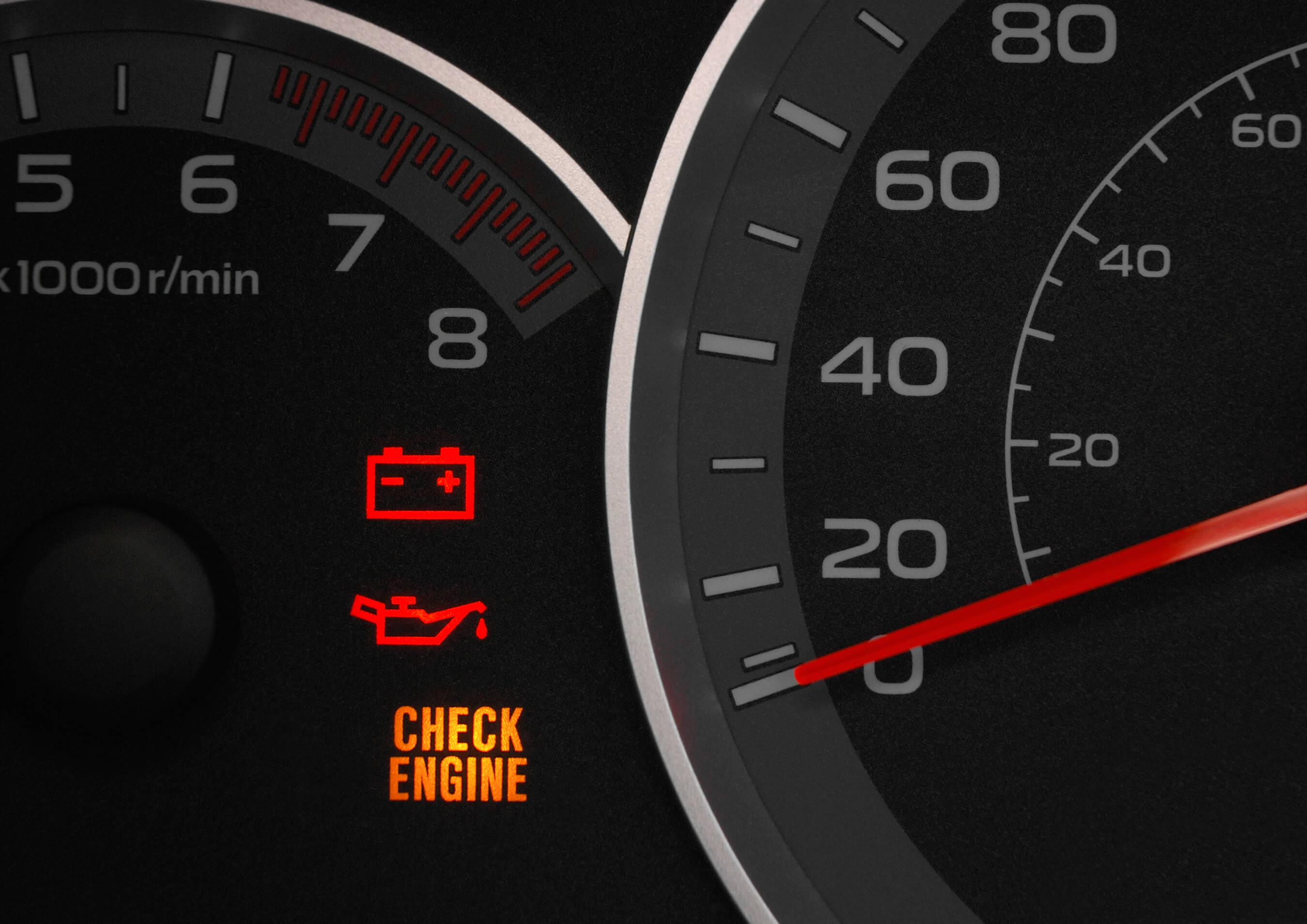Limp mode is designed to protect your vehicle in the event of a mechanical problem and allow you to 'limp' to a place of safety or a garage.
In this driving advice guide, we will explain how limp mode works, why it is import, and how to fix any issues that may be related to it.
What is limp mode on a car?
Limp mode – also called limp home mode – is a feature in most modern cars that is designed to protect the engine or gearbox when a serious problem is detected.
A vehicle will enter limp mode and restricts its performance to prevent further damage to its critical components.
Drivers will notice a loss of power. There will also be limited throttle response, limited top speed and gear selection may be restricted if the vehicle is automatic. A check engine light or other warning lights will typically illuminate when limp mode is activated.
Limp mode will only be activated if there is a risk of more severe damage to the vehicle, and drivers should take their vehicle to a trusted local garage as soon as possible. They can also call for a mobile mechanic to visit them at home or place of work.
If a vehicle enters limp mode, it's important to have it diagnosed and repaired any repairs made as soon as possible.
Possible causes of limp mode on a car
If a vehicle has entered limp mode, then it is typically related to faults with the engine, gearbox, or another critical system error.
The car's onboard computer detects a fault and activates limp mode to protect the engine from further damage.
Modern vehicles have various control units that constantly monitor the performance of various components, such as the engine, transmission, clutch and braking systems, and also low fluid levels. If a fault is detected limp mode is activated and the performance and acceleration will be reduced to prevent further damage to any components
Common reasons for limp mode to be activated on a car include:
Damaged sensors
Gearbox issues
- Lack of fluids
- Engine overheating
- Low oil pressure
- Faulty electronic control unit (ECU)
- Fuel system failure
- Malfunctioning turbocharger
- Clogged exhaust
- Worn out brakes
- Weak car battery
- Electric system issues
How to fix limp home mode
The best way to fix your car after it enters limp home mode is to immediately take it to your local garage, You can also call RAC Mobile Mechanics, who can visit at your home or place of work.
They will use an OBD-II scanner to read diagnostic trouble codes (DTCs) and carry out various checks to identify the issue.
Following this, the mechanic can speak to you about what repairs are needed to get the vehicle back in working order.
Once the problem is resolved, they will re-scan the system and clear any codes. Once the vehicle restarts, limp mode should be deactivated.
- What causes a loss of power in a car?
- Mobile mechanic or local garage? The complete guide
- Everything you need to know about DPFs
Can I drive my car in limp mode?
Yes, you can drive your car in limp mode, but it is not recommended to do so for a long period of time, as it is only activated if there is a serious risk to major damage to the vehicle.
Limp mode is designed to protect critical components and allow you to get to a safe location, so continuing to drive with the underlying issue can lead to more problems that could result in a large bill.
Also, it is important to note that when a vehicle is in limp mode, many other features are turned off to protect the vehicle – meaning that your vehicle will act and feel differently when you are behind the wheel.
Limited power and performance can make it harder to drive as you normally would, so it is vital that you get the vehicle to a mechanic as soon as possible.
Car troubles?
Book a diagnostic test with us today. RAC Mobile Mechanics will check your car for faults, talk you through any repairs you might need, and give you a report for your records.


How fast can I drive in limp mode?
If your vehicle has entered limp home mode, then the drivers will likely not be able to exceed speeds of 30mph.
In some vehicles, the limit may reach 50mph.
Drivers may also not be able to exceed more than 2,000rpm and gear change may be restricted if the vehicle is automatic. or change gears in some cases.
What sensors can cause limp mode?
There are several sensors in a vehicle that play critical role in keeping the engine working perfectly.
However, if any of these sensors malfunction or completely fail, then they will send incorrect signals to the vehicle's engine control unit, which will trigger limp mode to protect the vehicle from potential damage.
Here are the sensors that can cause limp mode to be activated:
- Mass Air Flow (MAF) sensor
- Oxygen and air intake sensors
- Coolant and other fluid sensors
- Engine temperature sensors
- Fuel pressure sensor
- Boost pressure sensors
Limp mode warning light
There is no specific ‘limp mode’ dashboard warning light in a vehicle, but you may notice a check engine light appear.
In other vehicles, multiple symbols may appear as there may be more than one issue with the vehicle.
Here is what it will likely look like if you’re vehicle has entered limp mode:

Get a service or repair at home
RAC Mobile Mechanics can come to you, saving you the hassle of going to a garage.












